1. Cliques Were Almost Impossible to Break Into

If you weren’t part of a group early on, good luck trying to join one later. Friend groups in the ’80s were tight-knit, and if you weren’t already part of the mix, you were often left out. It wasn’t always about being mean—it was just the way things were. Girls had their established circles, and there wasn’t a lot of room for new additions. That meant if you moved to a new town or switched schools, making friends could be a real struggle. You’d often feel like an outsider watching everyone else have inside jokes and shared experiences says Grown & Flown.
Even if you did manage to get in, you had to prove yourself. The pressure to dress the right way, listen to the right music, and act the right way was intense. If you didn’t fit the mold, you could find yourself pushed to the sidelines just as quickly. And once you were labeled as an outsider, it was nearly impossible to shake that reputation. Some girls spent years trying to gain acceptance, only to realize they’d never truly belong. It was a harsh reality, but in a time before social media, your in-person social standing meant everything.
2. Jealousy Could Ruin a Friendship in an Instant

Female friendships in the ’80s weren’t always built on trust. If one friend got more attention—whether from boys, teachers, or even other girls—it could create a silent rift. Some girls were genuinely happy for their friends’ successes, but others struggled with jealousy. If one friend got asked to a dance or started hanging out with a new crowd, the other might feel betrayed. There wasn’t a lot of room for open communication about these feelings, so they often festered beneath the surface. Even the smallest shift in dynamics could set off insecurity, making even the strongest friendships feel shaky shares Her View From Home.
There wasn’t a lot of open communication about these feelings, either. Instead of talking things out, friendships often ended in cold shoulders and passive-aggressive behavior. One day, you were best friends, and the next, you were barely speaking. And because there was no social media to track what went wrong, you were left wondering how things fell apart so fast. Sometimes, it was a slow fade—one friend pulling away little by little until the relationship was unrecognizable. Other times, jealousy turned into full-on resentment, leading to harsh words or outright betrayal. Either way, once jealousy crept in, it was hard to undo the damage.
3. Friendship Bracelets Were a Big Deal—Until They Weren’t
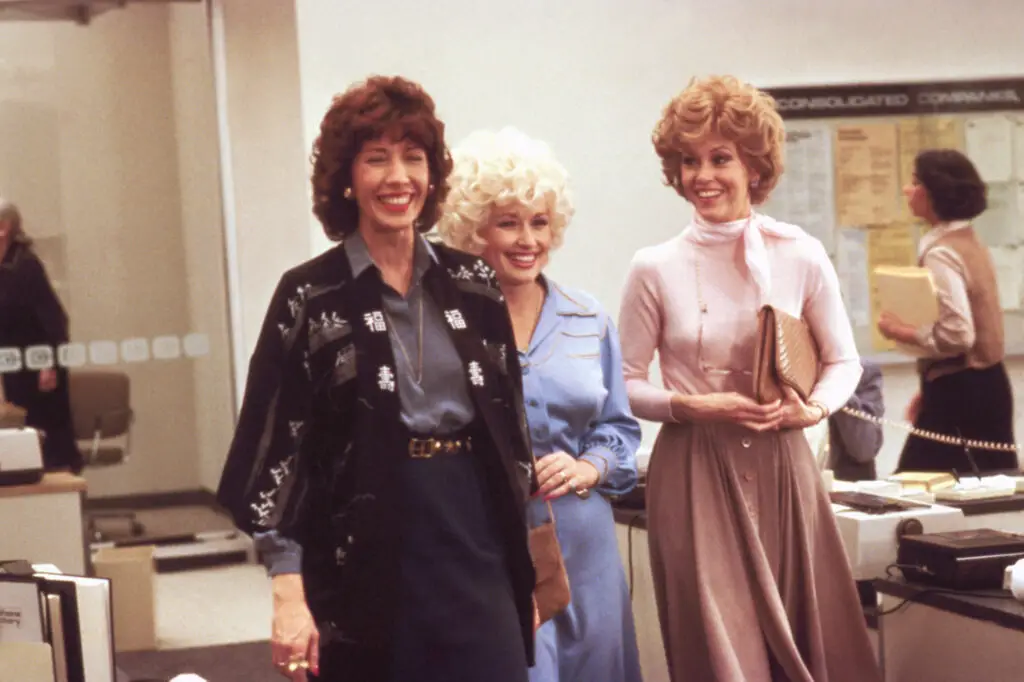
Exchanging friendship bracelets in the ’80s was like making a lifelong promise. It wasn’t just a cute accessory; it symbolized loyalty. But if your friend started wearing someone else’s bracelet or stopped wearing yours, it felt like a silent breakup. You’d spend days analyzing what went wrong and wondering if your friendship was over. The sting of seeing someone else wearing a matching bracelet with your former best friend was brutal. It was a tiny, tangible sign that you’d been replaced, and there was no way to ignore it shares National Geographic.
And just like that, the bracelet could become a painful reminder rather than a cherished gift. Some girls would even go so far as to take theirs off in a dramatic show of rejection. It was a small thing, but in middle school and high school, it felt massive. And once that bond was broken, there was usually no going back. Even if you tried to make amends, the magic was gone. It was a hard lesson in how fast friendships could change, especially when loyalty was worn on your wrist.
4. Secrets Rarely Stayed Secret
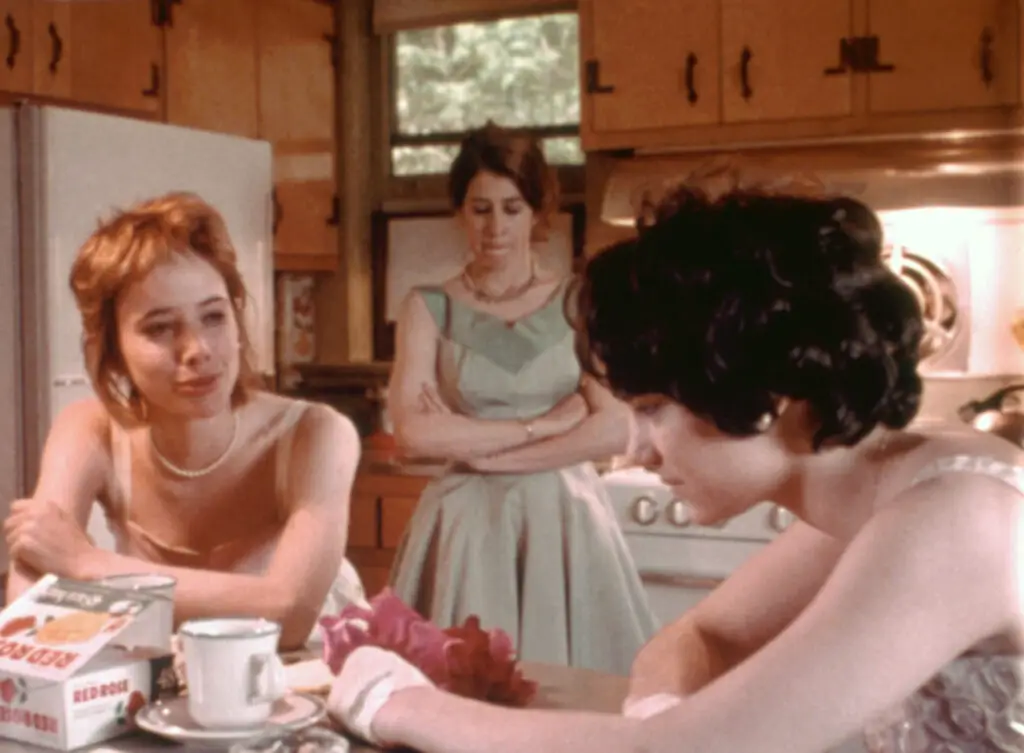
Trusting a friend with a big secret in the ’80s was always a gamble. If your secret was juicy enough, there was a good chance it would spread through the entire school. Whether it was about a crush, a family problem, or something embarrassing, it only took one person whispering in the hallway for everyone to know. The worst part was, you usually found out the hard way—through hushed giggles, sideways glances, or a well-placed note passed in class. Even if your friend promised they’d never tell, temptation often won out.
And once it was out, there was no undoing the damage. There were no texts or DMs to clear up misunderstandings—just a lot of avoiding eye contact in the lunchroom. A single rumor could ruin a friendship, and even if the person who spilled it felt bad, the damage was done. Some girls forgave, but most just moved on to new friends and never looked back. And if you were on the receiving end of a betrayal like this, it made it nearly impossible to trust again. Keeping things to yourself started to feel like the safest option adds HuffPost.
5. Fights Were Often Silent and Brutal

Unlike the screaming matches you might see in movies, most friendship fights in the ’80s were quiet. Instead of yelling, girls would simply stop talking to each other. One day you were inseparable, and the next, your friend acted like you didn’t exist. It was painful, especially since no one explained what went wrong. You’d replay past conversations in your head, searching for the moment things shifted. But more often than not, you never got an answer.
This kind of silent treatment could last for days, weeks, or even forever. The worst part? You usually had to figure out what happened on your own. Sometimes, it was over something small that got blown out of proportion. Other times, you never found out at all. And because there were no text messages or social media to provide clues, you just had to suffer through the uncertainty. Some girls eventually made up, but many friendships ended this way—without a word, without closure, and without a second chance.
6. Sleepovers Were a Friendship Test
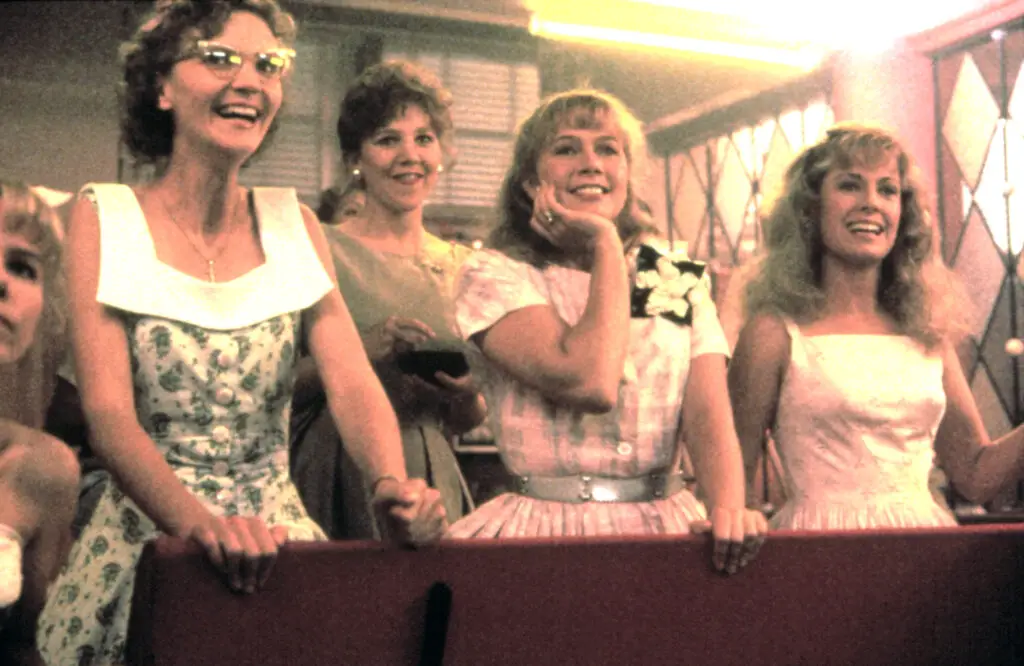
Sleepovers weren’t just about fun; they could make or break a friendship. If you weren’t invited to a big sleepover, it felt like a personal attack. You’d hear about all the inside jokes and late-night gossip the next day, knowing you weren’t part of it. Sometimes, girls would pretend they weren’t having one, only for you to find out later. It was heartbreaking to realize your “best friend” had intentionally left you out, and there was no way to pretend it didn’t hurt.
Even if you did get invited, it wasn’t always a smooth experience. If the group decided to gang up on someone, you had to either join in or risk being the next target. The wrong joke or an awkward moment could turn into something people teased you about for months. And once the lights went out and the whispers started, there was no way to escape the feeling that friendships were always on shaky ground. If you survived the night without embarrassment, you considered yourself lucky.
7. Friendships Were Dictated by Popularity
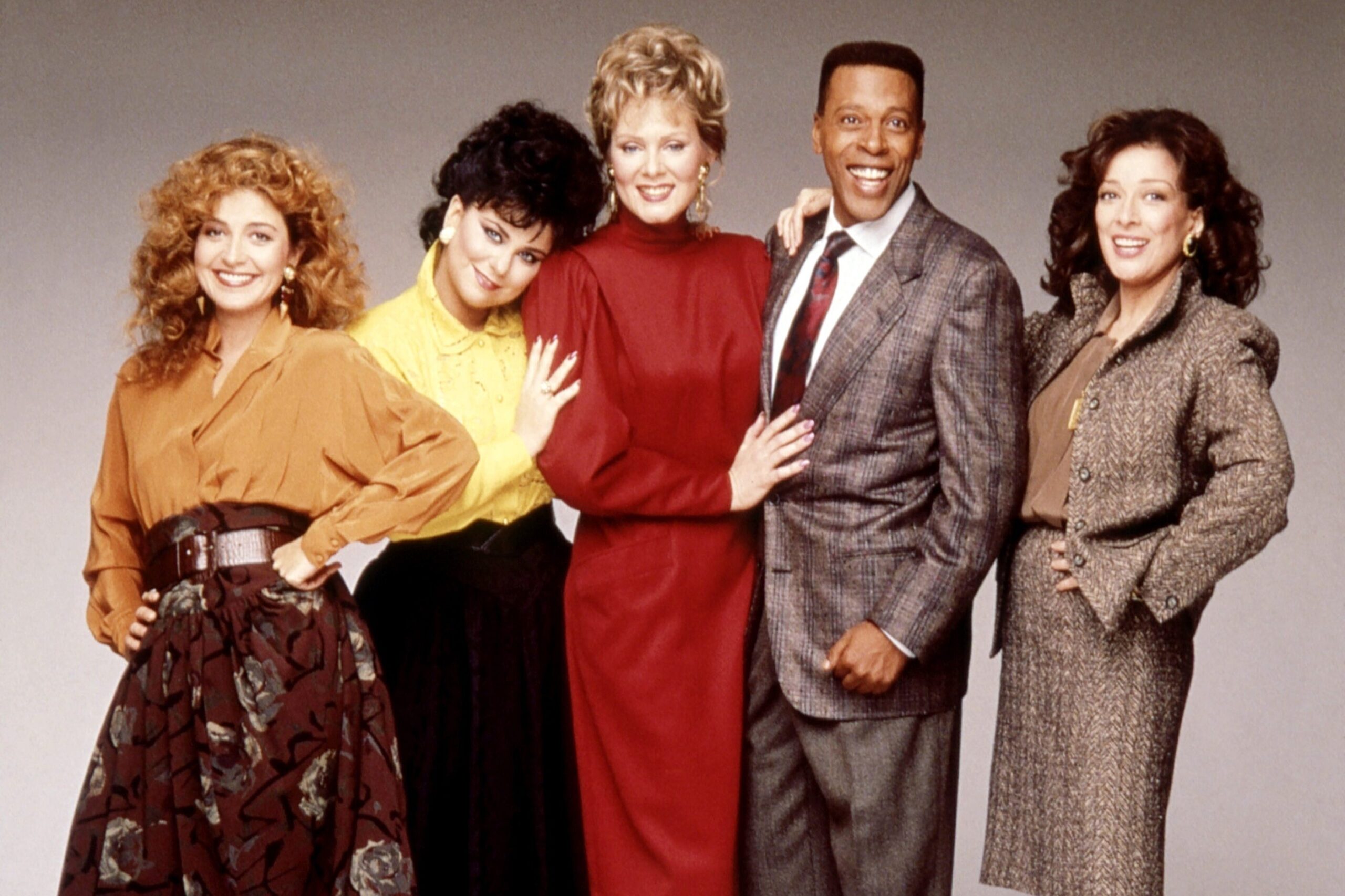
Your social standing could determine how strong your friendships were. If one friend got more popular, they might slowly drift away, even if they swore they never would. Suddenly, they were sitting at a different lunch table and pretending they didn’t see you in the hall. You’d watch as they started mirroring the attitudes and behaviors of their new crowd, leaving you behind. It didn’t always happen overnight, but the slow fade was just as painful.
This wasn’t always out of cruelty—it was just how the hierarchy worked. If you weren’t popular, you had to work twice as hard to keep a friendship intact. And if you got too close to someone higher up, their old friends might try to push you out. Loyalty often took a backseat to status, and you quickly learned that friendships were rarely as solid as they seemed. For some, staying in their social lane felt like the only way to survive.
8. Backstabbing Was Practically a Rite of Passage

At some point, almost every girl in the ’80s experienced being stabbed in the back by a friend. It didn’t always happen in a dramatic, obvious way, either. Sometimes, it was subtle—like a friend laughing a little too hard at a joke about you or suddenly becoming close with someone they used to dislike. Other times, it was more blatant, like spreading a personal secret or stealing a crush. It wasn’t that all girls were mean-spirited, but the pressure to fit in often led to questionable choices. If turning on a friend meant gaining favor with a more popular group, some girls saw it as a necessary move.
And once the betrayal happened, there wasn’t much you could do. There were no long, heartfelt text conversations to hash things out, no social media receipts to prove what really happened. You either confronted the person in person—risking even more drama—or you just swallowed the hurt and moved on. But even if you tried to act like it didn’t matter, it always did. You never forgot who had wronged you, and in a world where friend groups were small and tightly knit, you were often forced to interact with your betrayer daily.
9. There Was No Way to Prove Someone Was Lying
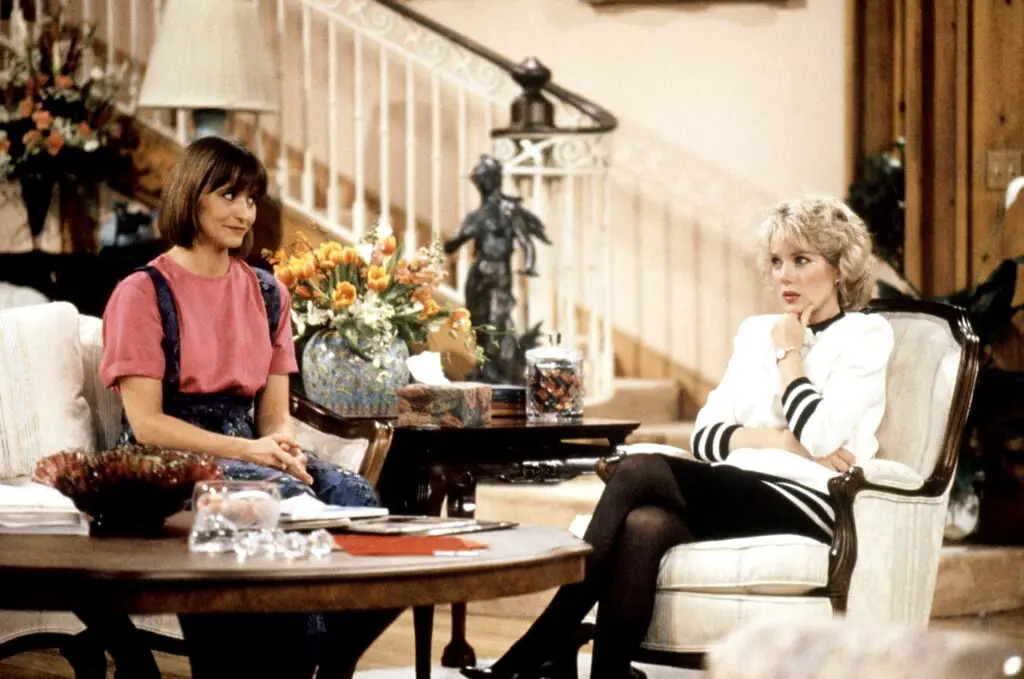
If a friend lied about something, you just had to take their word for it—or suffer the consequences. There were no text messages, screenshots, or social media posts to back up your side of the story. If someone denied saying something behind your back, you had no real way to prove otherwise. It all came down to who was more convincing, and unfortunately, the truth didn’t always win. If your friend was better at playing innocent, you could find yourself being labeled as the dramatic one instead.
This led to a lot of frustration because once a lie took hold, it was nearly impossible to undo. You could tell people the truth, but without solid proof, many just shrugged and believed whoever they were closer to. It was especially brutal when a best friend lied about you to make themselves look better. Even if you knew they were in the wrong, watching everyone side with them made you feel powerless. All you could do was hope that people would see the truth eventually—or at least forget about it over time.
10. Friendships Had Expiration Dates
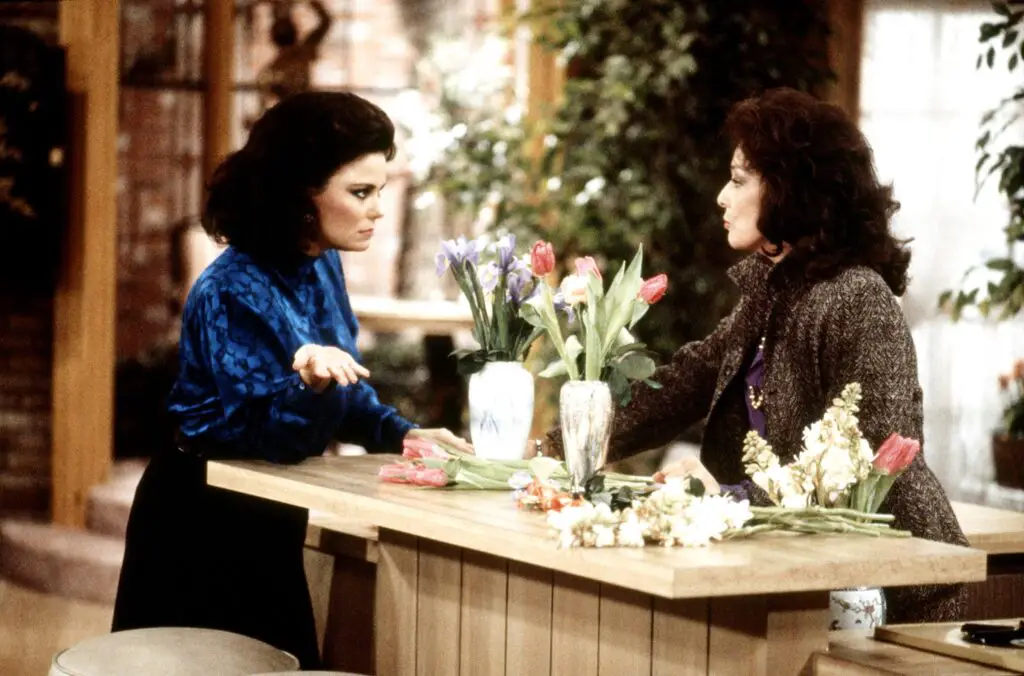
As much as girls swore they’d be best friends forever, most friendships had a natural ending. It wasn’t always because of a big fight or betrayal—sometimes, people just grew apart. Maybe one friend got really into sports while the other joined the drama club. Or one started dating and had less time for late-night phone calls. Before you knew it, the person you once spent every weekend with was just another face in the hallway. It was hard to accept, especially when nothing “bad” actually happened.
What made it even harder was the lack of closure. In today’s world, you can at least look at old messages and pinpoint when things changed. But in the ’80s, it was more of a slow, silent shift. One day, you just stopped calling each other. Maybe you’d see them at school and exchange a quick smile, but that was it. You couldn’t check their Instagram to see what they were up to—you just had to wonder. Losing a friend that way felt strange because it was both painful and completely normal at the same time.
11. Being Left Out Was Devastating
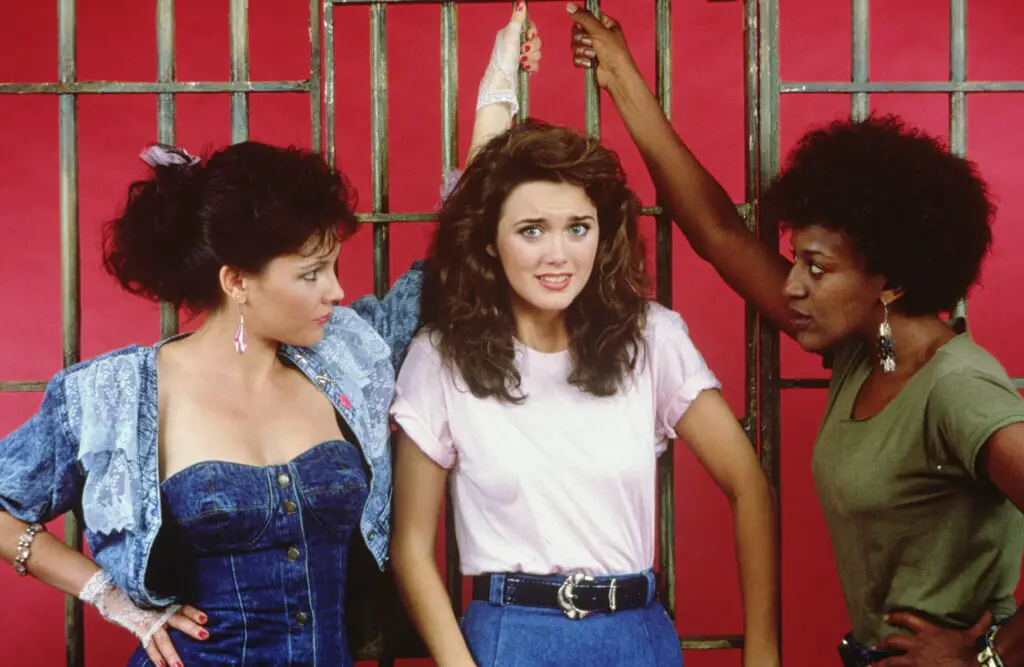
Nothing stung quite like realizing your friends had made plans without you. Whether it was a mall trip, a sleepover, or a movie night, finding out you weren’t invited felt like a punch to the gut. Sometimes, it was an innocent oversight, but other times, it was intentional. If you didn’t pick up on social cues, you might not even realize you were being pushed out until it was too late. Seeing your friends whispering in class or giggling about an inside joke you weren’t part of was a clear sign that something had shifted.
And when you were left out, there was no way to distract yourself with a phone or online chat. You just had to sit with the loneliness, wondering what went wrong. Some girls tried to brush it off and act like they didn’t care, but deep down, it always hurt. Even if your friends eventually included you again, that feeling of being disposable never fully went away. It was a tough reminder that friendships weren’t always as solid as they seemed.
12. Friendships Could Be Based on Convenience
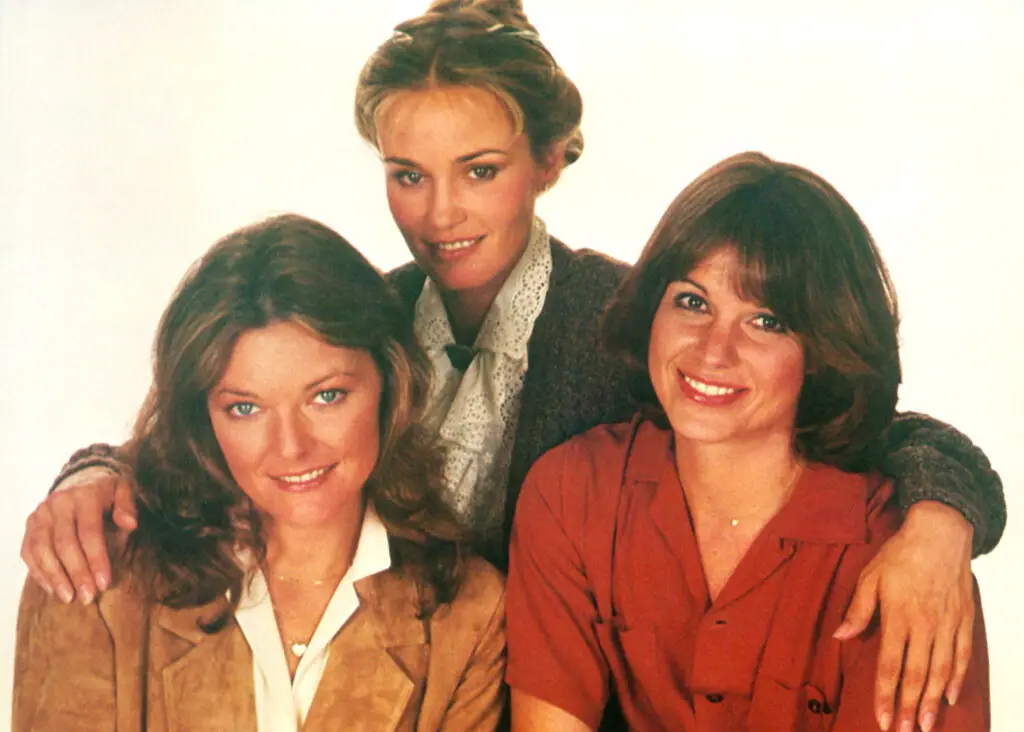
Not all friendships were built on deep connections—sometimes, they were just about proximity. If you sat next to someone in class, lived on the same street, or had the same lunch period, you became friends by default. But as soon as circumstances changed—like switching seats or moving to a different school—those friendships often faded fast. It wasn’t that people didn’t care about each other, but without the convenience of seeing each other every day, the bond often wasn’t strong enough to last.
This could be especially disappointing if you thought the friendship was deeper than it really was. You might reach out, hoping to keep things going, only to realize the other person had already moved on. And because there weren’t as many ways to stay connected outside of school, once a convenient friendship ended, it was usually for good. It was a harsh reality, but it taught you early on that not every friendship was built to last.
13. Being the Third Wheel Was Unavoidable
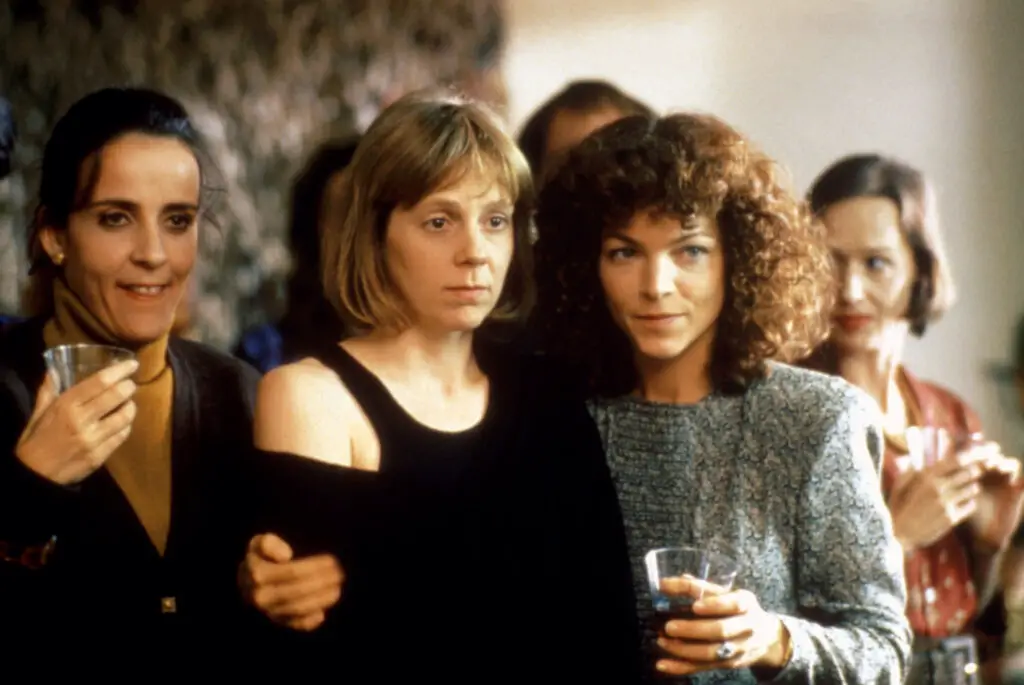
If your two closest friends became best friends with each other, you were out of luck. The dreaded “third wheel” dynamic was a common struggle in the ’80s, and there was no easy way to fix it. If your two best friends suddenly clicked in a way you didn’t, you could find yourself on the outside looking in. It wasn’t always intentional, but when two people had a stronger connection, the odd one out usually felt it. Sitting at lunch while your two friends whispered to each other or laughed at an inside joke was a painful experience.
And the worst part? There was no way to bring it up without sounding jealous or needy. If you complained, you risked being labeled as clingy. If you ignored it, the feeling of being left out would just eat away at you. Sometimes, friendships naturally rebalanced over time, but other times, it was the beginning of the end. If you were the third wheel, you either had to find a new friend group or accept that you’d never quite be part of the inner circle.
14. No One Taught You How to Fix a Broken Friendship
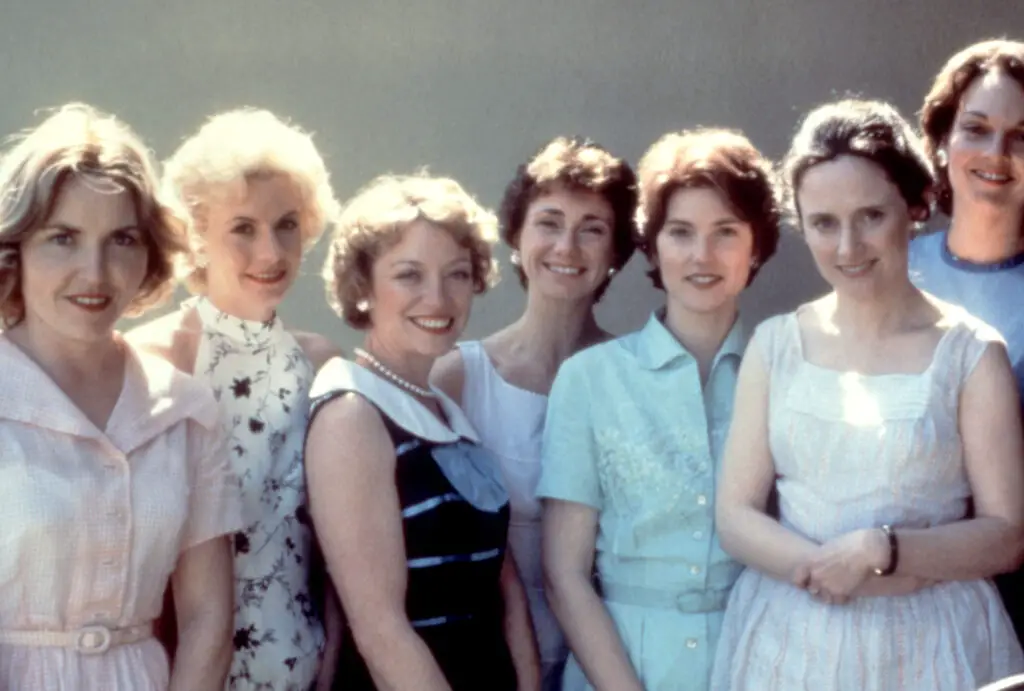
In the ’80s, there was no guidebook for repairing a damaged friendship. If you had a falling out with a friend, you either moved on or let things stay broken. There weren’t therapists, podcasts, or self-help books talking about how to communicate better with your bestie. Most girls just assumed that if a friendship ended, it was meant to be. Even if both people wanted to make amends, no one really knew how to take the first step.
Because of this, a lot of friendships ended over misunderstandings that could have been fixed with a single honest conversation. But back then, apologizing felt like an admission of weakness, and vulnerability wasn’t exactly encouraged. So instead of talking things out, girls just let their friendships fall apart, pretending it didn’t hurt. Years later, many probably looked back and wished they had known how to fix things. But in the moment, it was easier to walk away than to admit you missed someone.
